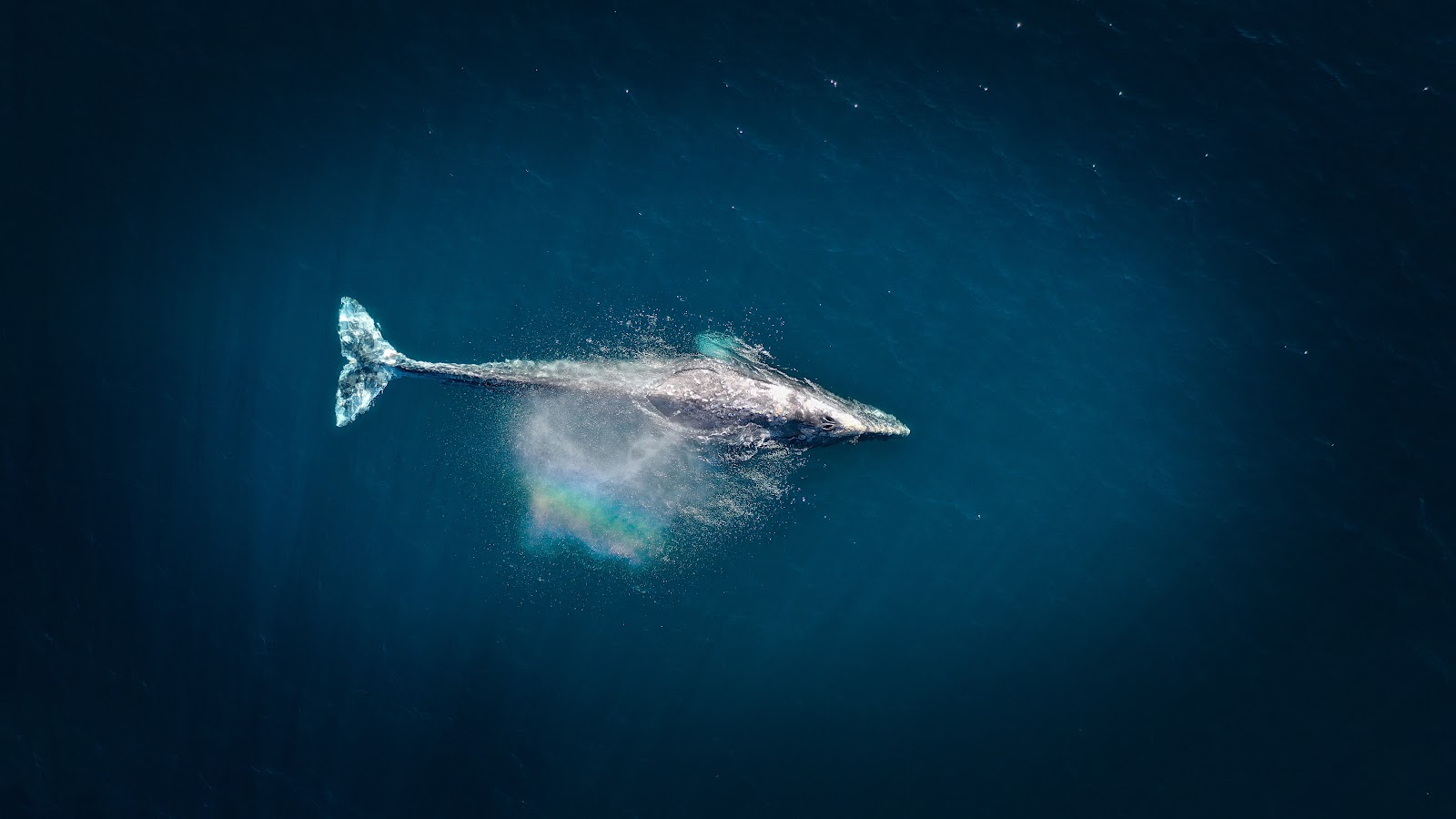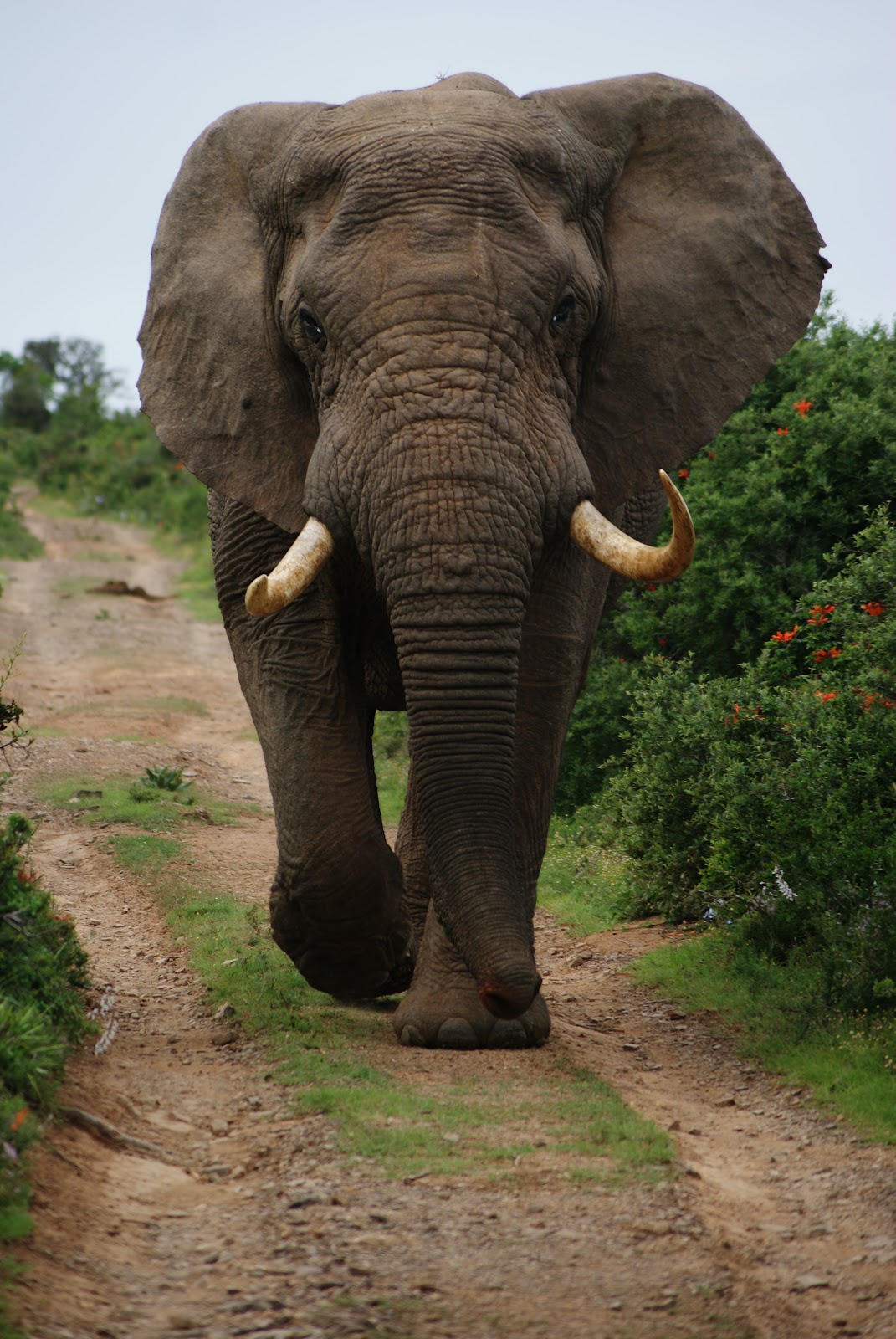Introduction:
The animal kingdom is full of fascinating creatures, from
the tiniest insects to the biggest mammals on earth. While there are countless
amazing animals to discover, some stand out for their impressive size. In this
list, we'll explore the top 5 biggest animals in the world based on average
weight and length. These creatures range from massive sea mammals to towering
land animals, each with their unique features and adaptations that make them
awe-inspiring.
1.Blue Whale:
These gentle giants are known as baleen whales, which means
they filter their food through comb-like structures in their mouths called
baleen plates. Blue Whales primarily feed on krill, tiny shrimp-like creatures
that are abundant in cold, nutrient-rich waters. They can consume up to 4 tons
of krill per day during feeding season. To find their food, Blue Whales
undertake the longest migrations of any mammal, traveling up to 10,000 miles
each year.
Unfortunately, the Blue Whale population was severely
depleted by commercial whaling during the 20th century and today they remain
endangered. Conservation efforts are in place to protect these gentle giants,
and it is important to recognize their critical role in maintaining the health
of our oceans. The Blue Whale is an extraordinary animal that continues to
fascinate and inspire people around the world and its survival is crucial to
the future of our planet.
2.African Elephant:
African elephants can be found in various habitats,
including savannas, forests and deserts, throughout Africa, south of the
Sahara. They are social animals and live in herds led by a matriarch, a female
elephant who is typically the oldest and most experienced member of the group.
African elephants are herbivores and consume large quantities of vegetation
each day, including grasses, leaves and bark.
Unfortunately, African elephants are considered a vulnerable
species due to habitat loss, poaching for ivory and human-elephant conflict.
Conservation efforts are in place to protect these magnificent animals,
including habitat conservation, anti-poaching efforts and education programs
to raise awareness of the importance of elephants to their ecosystems. The
African elephant is a symbol of strength and resilience, its survival is
critical to maintaining the health of Africa's ecosystems.
3.Saltwater Crocodile:
Saltwater crocodiles are apex predators and are known for
their formidable hunting skills. They have a powerful bite, which is the
strongest of any animal, and they are capable of taking down large prey, such
as water buffalo and even sharks. Saltwater crocodiles are also known for their
impressive survival skills, with some individuals living for over 100 years.
Despite their size and strength, saltwater crocodiles are
threatened by habitat loss and poaching for their skins and meat. Conservation
efforts are in place to protect these amazing animals, including habitat
conservation, anti-poaching efforts, and research programs to better understand
their behavior and ecology. The saltwater crocodile is a symbol of the wild and
untamed, and its survival is crucial to the health of the ecosystems it
inhabits.
4.Giraffe:
Giraffes are found in savannas and woodlands throughout
Africa, and are herbivores, feeding primarily on leaves and flowers from trees
and bushes. They are social animals and live in herds, typically led by a
dominant male or female. Despite their large size, giraffes are known for their
gentle nature and are considered to be a symbol of grace and elegance.
Unfortunately, giraffe populations are declining due to
habitat loss, poaching, and other human activities. Conservation efforts are in
place to protect these magnificent animals, including habitat conservation,
anti-poaching efforts, and education programs to raise awareness of their
importance to their ecosystems. The giraffe is an iconic animal that continues
to fascinate and inspire people around the world, and its survival is critical
to maintaining the health of Africa's ecosystems.
5.Polar Bear:
Polar bears have adapted to life in the harsh Arctic
environment and are well-equipped to survive in extreme cold and on a diet of
primarily meat. They hunt seals, fish and other marine animals and have a
keen sense of smell and excellent swimming abilities that allow them to
navigate the icy waters. Polar bears are also highly social animals and mothers
are known for their fierce protection of their cubs.
Unfortunately, polar bear populations are declining due to
habitat loss, climate change and other human activities. Conservation efforts
are in place to protect these magnificent animals, including habitat
conservation, research programs and education programs to raise awareness of
the impact of climate change on polar bears and their ecosystems. The polar
bear is a symbol of the wild and untamed Arctic and its survival is crucial to
the health of this unique and fragile ecosystem.
Conclusion:
The natural world never fails to impress us with its
diversity and scale. From the enormous blue whale to the towering giraffe, the
biggest animals in the world are a testament to the incredible feats of
evolution. Whether we encounter these creatures in the wild or marvel at them
through books and documentaries, they continue to capture our imaginations and
inspire us to learn more about the world around us.





Comments
Post a Comment